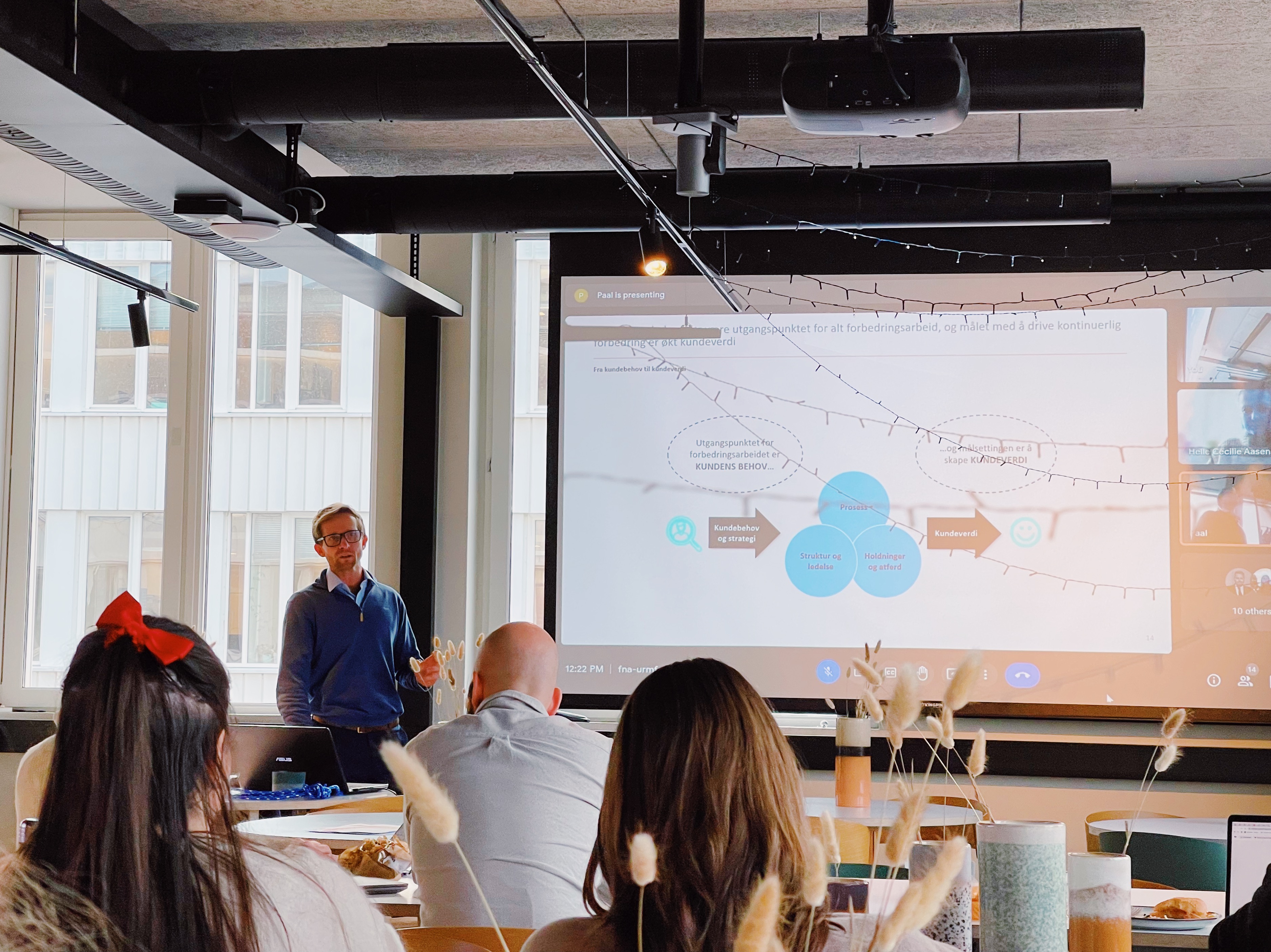
Not all Turnover is Created Equal. Here's Why.
Turnover is a valuable metric for keeping a pulse on satisfaction, moral, and predicting hiring volume. But is all turnover really the same?
If you're on the people team, you most likely keep track of employee turnover. It's a valuable metric for measuring employee satisfaction, keeping a pulse on morale, and setting your hiring roadmaps.
But here's the catch; if you view all turnover as equal, you are likely not looking at it most beneficially and strategically. This is where regrettable turnover comes into play.
Before we get into the nitty-gritty detail, let's clarify the basics:
- Turnover occurs when an employee leaves your company because of retirement, a move, a career change, or other reasons outside your control. While their absence is felt, you are not in an urgent rush to find a replacement for their role. In hindsight, it might have even been best for everyone that they moved on (e.g., lack of passion, underperformance, etc.).
- Regrettable turnover or unwanted turnover occurs when a high-performing employee leaves for reasons within your control (i.e., poor compensation, lack of development opportunities, and a toxic work environment). This employee was likely on your "key retain" list, and you need to find a replacement immediately.
Think about it like this; if 5 employees leave, but they were either underperformers or working in a role that added minimal value, would this negatively impact the company? But if the 5 top performing individuals in impactful positions left, you would feel their loss. Their departure would cause a ripple effect of consequences for their team and the overall business, and you would absolutely regret if they had to leave (regrettable turnover).
It is when these highly impactful employees leave that the highest costs occur.
This is why you should separate high performers (regrettable employees) leaving due to preventable reasons from overall turnover. By factoring in regrettable turnover, you can get a more accurate measure of unwanted turnover, representative insight into organizational health, and actions you can take to prevent more high-performers from leaving.
The good news is that starting with measuring regrettable turnover is relatively straightforward - there aren't any secret formulas or complicated equations. You can start off by asking yourself these questions to help differentiate between general and regrettable turnover:
- Is this someone you'll regret exiting?
- Did you contest their decision to leave with a counteroffer?
- Would you hire them again if you had the opportunity?
Remember that these questions are a guide, so you may need to add additional questions depending on your current situation and the employee at hand. Ideally, you and your team should determine how you will define regrettable turnover and the questions you'll need to ask yourselves to identify those regrettable employees.
Gathering and Using Lessons Learned
As mentioned, assessing regrettable turnover can give you a better picture of turnover in general at your organization. But it doesn't stop here; in addition to identifying your regrettable employees, you need to speak to them to better understand their reasons for leaving. You can do this in the form of an exit interview where you ask questions designed to gain insight into these reasons.
Insights from the interview can be used to identify those preventable aspects that may be contributing to the departure of key employees and, in turn, can be implemented to improve both your retention and talent acquisition strategies in the future.
To Impact Retention
Employee engagement is one of the strongest measures for predicting employee turnover and, thus also, retention. Efforts should be spent determining potential factors that negatively impact your employees' engagement level.
What are the primary reasons causing regrettable turnover? Could you have done anything earlier to make the employee stay? Are managers supporting and uplifting, or does a lack of leadership result in low morale and disengagement?
Asking questions like this in an exit interview will help you to identify patterns relating to whether you are, in fact, creating work-life balance, prioritizing employee wellness, providing the right tools and support to create a collaborative space, as well as help with uncovering management style red flags, all of which affect engagement levels at work.
The Impact Talent Acquisition
Not only can regrettable turnover insights be used to impact retention, but it can also be used to fuel recruitment tactics within your company. For example, you can use exit interview information to compare yourself to competitors and what potential top-talent candidates could be looking for. You can then use this to design your talent acquisition strategy in a way that stands out, such as revamping your job descriptions, reviewing your salary packages, and increasing development/promotional opportunities.
It's also worth asking the departing employee and their manager what hard and soft skills made them successful in their role. The insight gained from this reflection can help you in your recruitment efforts to replace the employee in the future. For example, suppose excel (a hard skill) or a go-getter attitude (a soft skill) contributed to their success in the role. In that case, you will want to include these in the job description and evaluation process when looking for their replacement.
Additional Tips
- Knowing when to be concerned about regrettable turnover: In hindsight, not all employee turnover is negative, and sometimes it's just a natural part of the employee lifecycle. Generally speaking, you should aim for an overall turnover rate of around 10%. So if your regrettable turnover rate gets close to this or above the overall turnover at your company, then you know you have a problem.
- View activities relating to turnover as a strategic aspect as opposed to an operational duty: Rather, see the whole turnover measurement process as strategic and not just an operational task. Involve both execs and HR in exit interview data since the insights gained can be used in creating a game-changing strategy for the company.
- Keep track of answers over time : Data is only important when it can reveal patterns. Since isolated data with no context is no help, there's a job to be done to ensure you can adequately identify the reasons why employees are choosing to leave and that you are recording the data every time.
- Take a proactive approach: Although not always possible, it is better to take a proactive approach and preempt the reasons for turnover, especially once you have your data up and running. Consider implementing "stay interviews" with current employees to discover what's driving their retention.
Hopefully, this gave you a fresh perspective on how you view turnover at your company. Remember, at the end of the day, not all turnover is the end of the world, and if you can differentiate regrettable turnover and its causes, you can make a more valuable contribution to your strategy and the overall health of your company from here on out!

Sally Tarr
Holds a Masters in Industrial Psychology and is currently a Talent Acquisition Consultant at Amby. Writes on culture, employee experience and talent strategies.
LinkedIn



